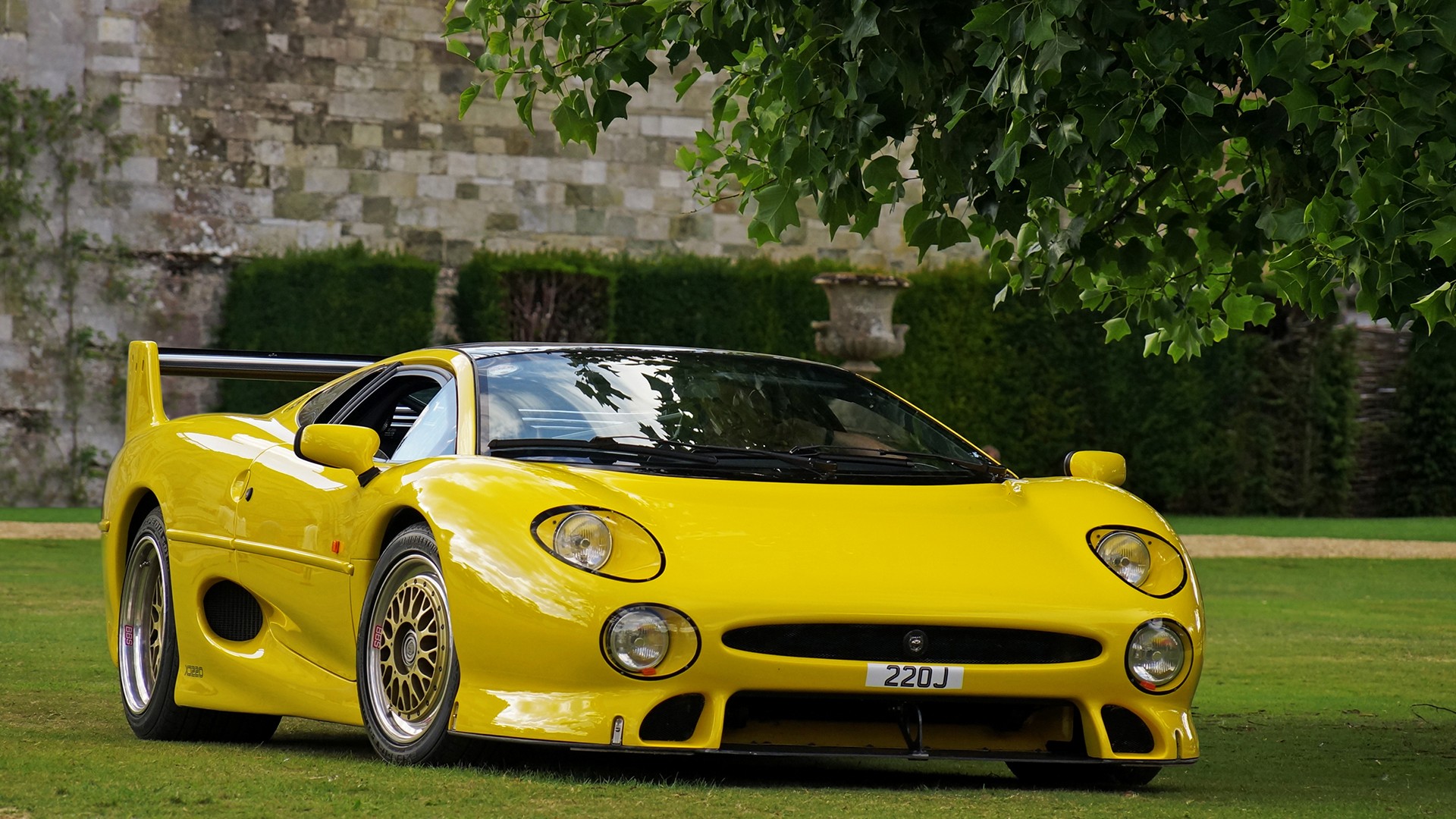

Within a very short time, more than 1,200 orders were received. A press release was issued stating that only 350 examples of the XJ220 would be produced. TWR (Tom Walkinshaw Racing), the team responsible for Jaguar’s successful Group C racing cars, was brought on board as development and production partner. Nevertheless, it took until December 1989 before Jaguar officially gave the green light for series production.

On the very first day of the show, a number of blank checks were already piling up in the backstage area of the Jaguar stand. The number behind the familiar letter abbreviation was intended to indicate the possible topspeed in miles per hour. At the 1988 British Motor Show, the Jaguar XJ220 concept car was finally unveiled. Accordingly, there was great interest among wealthy car fans in a road-going sports car whose V12 powerplant was derived directly from the racing engines. But how did this project actually come about? In the 1980s, Jaguar competed for victories and successes in the Group C World Sports Car Championship against Sauber Mercedes-Benz and Porsche, among others. Slowly but surely, the Briton is becoming a sought-after classic car. It was 30 years ago that this supercar came onto the market. It could have been a huge success, but thanks to a financial crisis and a board decision that wasn’t understood by many buyers, the Jaguar XJ220 never achieved the unit sales that were expected.


 0 kommentar(er)
0 kommentar(er)
